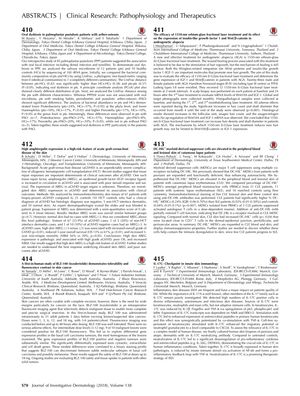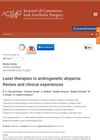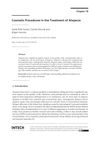IL-17C: Checkpoint in Innate Skin Immunology
April 2018
in “
Journal of Investigative Dermatology
”

TLDR IL-17C is important in inflammatory skin diseases and could be a target for treatment.
The document summarized findings from several studies on skin diseases and treatments. One study with 12 patients and 10 controls found oral dysbiosis in patients with palmoplantar pustulosis and pustulotic arthro-osteosis. Another study analyzed skin tissues from 67 patients and linked high skin amphiregulin expression to poor outcomes in acute graft-versus-host disease. A first-in-human study of BLZ-100 in 21 patients indicated it was safe and potentially useful for surgical resection of skin cancers. A treatment study using a 1550-nm erbium-glass fractional laser on 23 patients with androgenetic alopecia resulted in increased hair density and shaft diameter, without changes in Wnt10A and IGF-1 mRNA levels. Research on cutaneous lupus erythematosus patients found increased levels of immunosuppressive DC-HIL* myeloid-derived suppressor cells in the blood and skin. IL-17C was highlighted as a significant factor in inflammatory skin diseases, with high expression across various conditions and as a possible therapeutic target.





